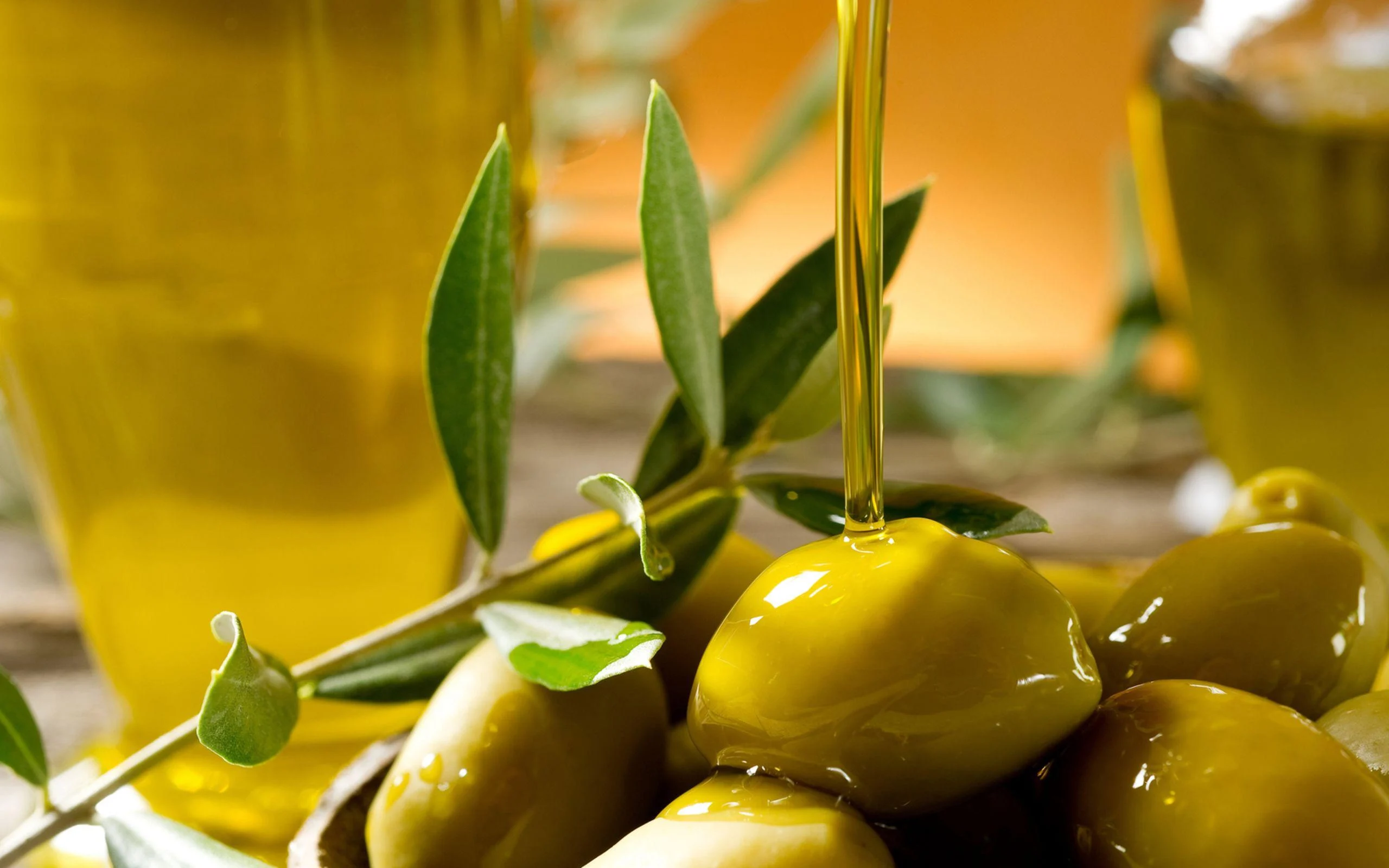



Article by: Hari Yellina
The Australian olive harvest is coming to an end, and compared to last year’s big crop, this year’s output is anticipated to be significantly lower. Olives are collected every year between April and June after growing over the summer, maturing in the autumn. About 130,000 tonnes of olives were gathered last year. Although it is too soon to predict the size of the 2022 crop, Australian Olive Association CEO Michael Southan predicted a yield of between 85 and 90,000 tonnes. It’s been a bit of a mixed bag, with some sections of Victoria doing well and others in western New South Wales doing well, but not so well in the Hunter Valley, he said.
Some crops in South Australia struggled to be harvested at all, while others only yielded roughly 15% of the 2021 season. According to Michael Johnston, president of Olive South Australia, the groves north of Adelaide have had a better year than those in the south, where some crops were not even picked because it was not profitable. Due to olive trees’ tendency to rotate between greater and smaller yields each year (their biannual bearing nature), the lesser production after a blockbuster year was anticipated. However, seasonal elements also contributed. Some people were only able to pick because their groves were too wet for machinery to enter, making it impossible for them to harvest,” Mr Southan said.
While some biennial bearing is taken into account by producers, some farmers are working to lessen that seasonal variance. General Manager Jared Bettio gathered a crop in the Rio Vista olive grove on the Murray River flats near Mypolonga in South Australia that was comparable to the production from the previous year. He controlled his groves in an effort to stop biannual bearing, and it seemed to be succeeding. According to Mr. Bettio, you have roughly 180 to 200 days from the moment an olive tree’s flower explodes until you actually harvest it before it starts to damage your production for the next year. “You’ve lost the boat for next year if you wait until your olives are black, when they have their highest oil content.
To enable the tree to continue its expansion development and to give it the energy to transform the nodes into blooms for the upcoming season, you really need to get the fruit off in a timely manner. According to Mr. Bettio, this year’s output from his groves was within a half-ton of previous year’s. Considering that this has been going on for three years, he said, “we’re getting to the stage where we think we’ve actually figured out how to make sure we’re not getting biennial bearing.” Prices have not yet been impacted by the smaller harvest, and it is still unclear whether this will have an impact on the supply of goods like olive oil. However, because so much of Australia’s olive oil is imported from abroad, growers don’t anticipate a significant shift in the price. It’s still difficult for an olive grower to make a fair living because we continue to be undercut by inexpensive imports, according to Mr. Bettio.